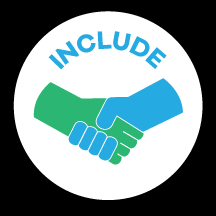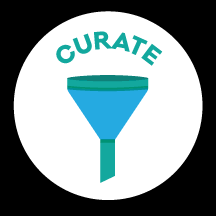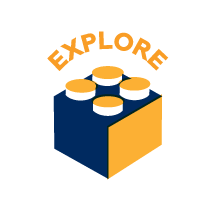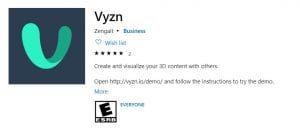
Librarian 4: Laura Ward
School Media Specialist
Scranton Steam Academy
Florence School District Three

Shared Foundation: Engage
Domain: Create
Learners engage with information to extend personal learning by: 1. Personalizing their use of information and information technologies. 2. Reflecting on the process of ethical generation of knowledge. 3. Inspiring others to engage in safe, responsible, ethical, and legal information behaviors. (American Association of School Librarians, 2017)
Laura has been a school media specialist for over twenty years, and she has a wealth of knowledge available for a wide variety of programs, ideas, and collaborations.
The first collaboration that stuck with me which she mentioned during our interview was with a first grade class. She used Glogster to have the students conduct research on SC Discus. They created an online interactive poster. The students recorded a speech (as part of the Glogs). It was a 3 week unit covered as part of their black history month project which was part of their Social Studies/ Famous Americans unit. The students presented physical representations of their posters during the black history month program. She taught them how to find quality sources, cite sources, add pictures, and write out their speech. The great thing was that during the presentation, since they knew that the students would be nervous in front of the audience, they already had their speeches recorded and didn’t have to worry about remembering their lines.
What she has done this year with her TAG group (she also teaches gifted and talented) is had them read the South Carolina Award Nominees at their grade levels, and then create book trailers. It took 3 weeks to complete these projects. The students had to learn how to research, cite sources, they also had to learn about copyright for images and music, and look at other book trailers that were created by students. She also taught them how to create QR codes and she posted them to the school website. She uses the book trailers to generate interest in the books during her library classes, and she has found that students who peer reviewed other students work now have an avid interest in reading those same novels.
The other shared foundation she liked is Shared Foundation III Collaborate. What she mentioned as a project she had done at a previous school was collaborate with the elementary school media specialist, and their local public library to get parents and students involved in a program called Wolvereads. It was an Adult Reading Club on Facebook. There were monthly challenges, they had to read the provided books and post reflections, and share with others. It went on for the entire school year. The monthly drawings had incentives like: kindle fires, hot chocolate family packages, etc. Students at the Elementary, Middle, and High School had to complete a 40 book challenge. The students were given a Bingo style cards that had a grid of 25 separate activities that students could complete about the books they read. Overall she had 300 students finish at the middle/high school. In order to advertise the program, they attended all community festivals and business cards were left at local businesses for the parents to complete a 10 book challenge.
Laura and Amanda are both school media specialists who are very adept at reaching out into the community and bringing them into the schools, as well as reaching out into the community and spreading their influence. Laura’s biggest challenge this last year is balancing library classes and having to teach gifted and talented students. Even so, she is still able to offer some collaboration with classroom teachers in quality methods and ways that enhance the curriculum and stick with the STEAM model that the school is after.
Sources
American Association of School Librarians (2017). National school library standards for learners, school librarians, and school libraries. Chicago: American Library Association.
















